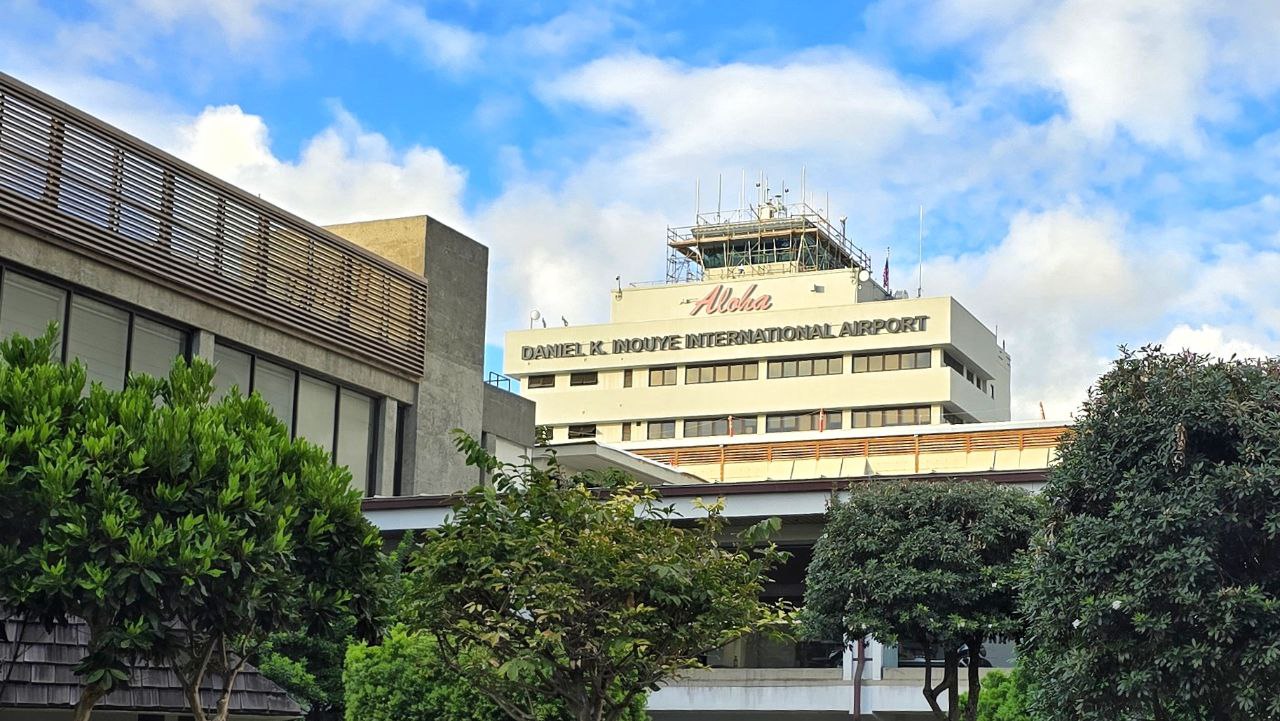Travel
Bedbug Scares And Hawaii Travel: What You Should Know

Recent reports of bedbug infestations on flights have once again raised alarms for travelers worldwide, including those planning trips to Hawaii, who have asked us about them. Incidents involving bedbugs crawling on seats and even falling from overhead compartments have led to frustration over inadequate responses from airlines internationally.
For Hawaii travelers, the question arises: Is this a rare occurrence, or could bedbugs disrupt your journey to paradise—whether on a plane, at the airport, or in accommodations?
BOH visitor Tom commented, “We encountered them… at a highly rated Wyndham resort on Kauai. Resort did cooperate with us but insisted the bites were not caused by bedbugs even though the symptoms and signs were typical of the bugs.”
How common are bedbugs on flights?
Scientifically known as Cimex lectularius, bedbugs are more than just a nuisance. These resilient pests can survive for months without feeding and are resistant to many common insecticides. While their presence in hotels is widely documented, reports of airport and airplane infestations have also surfaced.
Honolulu Airport was notably impacted in the past, highlighting the challenges of maintaining pest-free travel environments, particularly in favorable climates like Hawaii.
As we reported in More Bedbugs? Hawaii Flight Attendants on Notice, airlines flying to Hawaii have dealt with complaints in the past, prompting increased cleaning protocols.
With their extensive travel schedules and frequent stays in hotels, flight attendants face unique risks of encountering and spreading bedbugs. A BOH reader and former flight attendant shared, “I can attest that airline crews have contracted bedbugs… A single encounter can lead to a domino effect of infestations.” This highlights the challenges airlines face in protecting both their crew and passengers from these persistent pests.
Are airlines doing enough to address this problem?
Recent bedbug incidents with Turkish Airlines, as reported by The New York Times and others, demonstrate that no system is foolproof. Passengers reported seeing bedbugs crawling on seats and even falling from overhead compartments on multiple international flights, raising concerns about the effectiveness of current measures.
Turkish Airlines is one of the world’s largest airlines by fleet size and international reach and claims to follow rigorous cleaning protocols. Your Beat of Hawaii editors will fly Turkish from Istanbul to Los Angeles later this year. Let’s say we are not too excited since we’ll be in the air with them for 14 hours.
The airline admitted that bedbugs are a “common problem” in public spaces like airplanes. Their response included working with manufacturers such as Airbus and Boeing to develop safer and more effective methods to eradicate pests.
Other carriers have faced similar challenges. British Airways and American Airlines have dealt with public backlash following bedbug incidents, while airlines serving Hawaii must contend with the unique demands of long-haul flights. Hawaii-bound routes, often spanning five to ten hours, amplify the risks of exposure. Despite promises of regular disinfection, the rapid turnover of aircraft limits the time available for thorough cleaning.
BOH reader Ian K. said, “Bedbugs on planes? Who knew? Bedbugs, unfortunately, travel everywhere you and your luggage go. In a hotel room, I don’t put my luggage on the bed or on the floor. When available, I use those little folding luggage stands or put my cases on the wood tables, dressers, etc. Spraying is a necessary evil. Unfortunately, airlines are going to have to rethink times when they spray the planes. They’ll need plenty of time to spray, let the insecticide dry, and the fumes dissipate. But that doesn’t mean that plane will be ready for another flight the next hour. People can’t be breathing in those noxious fumes.”
Why Hawaii travelers should stay vigilant.
Hawaii’s popularity as a destination brings significant challenges. The high volume of travelers passing through Honolulu International Airport increases the likelihood of bedbugs hitching rides on luggage or personal belongings. Once in Hawaii, the warm, humid climate creates ideal conditions for these pests to thrive, extending potential problems to hotels and vacation rentals.
As highlighted in the comments and our 2023 articles, bedbug issues have gone beyond flights. At Honolulu Airport, several gates in Terminal 2, including areas serving Southwest Airlines, were temporarily closed after bedbugs were discovered in seating and lounge spaces.
This incident raised serious concerns about cleaning protocols in public areas frequented by Hawaii-bound travelers. Even high-end resorts in Hawaii are not immune to bedbug issues. Travelers should inspect airplane seats, blankets, and pillows before settling in, store bags off the floor in accommodations, and take steps to ensure their belongings remain pest-free throughout their journey.
The decline of pillows and blankets on flights is tied to concerns about bedbugs.
These soft materials provide a hiding place for bedbugs, which can easily travel between flights if items are not thoroughly cleaned. Many airlines have eliminated these amenities or adopted stricter hygiene protocols to address this.
When pillows and blankets are provided, they are often sealed in plastic bags to ensure they are sanitized and unused before reaching passengers. While cost-cutting also reduces such offerings, a heightened awareness of bedbugs and other cleanliness concerns has made this shift practical for both airlines and travelers.
What to do if you encounter bedbugs on a flight.
If you spot bedbugs during your flight, notify the cabin crew immediately. Airlines are obligated to address passenger safety concerns, but responses vary. In the Turkish Airlines incidents, passengers reported receiving inadequate compensation, including minimal frequent flyer miles or small discounts, despite enduring significant discomfort.
Documenting your experience with photos and reporting the issue directly to the airline’s customer service is crucial. Contacting a regulatory body such as the FAA may lead to faster resolution for persistent issues.
Lessons from past incidents.
Bedbug infestations in aviation are not a new challenge. British Airways faced widespread criticism in 2018 when the cabin crew refused to fly because of bedbugs on the plane pre-departure. The airline responded with a deep-cleaning program to address concerns.
United Airlines also took preventive measures, advising flight attendants to replace fabric luggage with hard-shell alternatives and use sealed bags for clothing during layovers. These steps were designed to minimize the risk of carrying bedbugs between flights and accommodations.
Final thoughts for Hawaii travelers.
Although the spotlight is currently on Turkish Airlines, bedbugs on flights are a broader issue that can affect any traveler, including those heading to Hawaii. While widespread infestations on Hawaii-bound airlines have not been reported, travelers should remain vigilant. Taking precautions, such as inspecting surroundings and safeguarding luggage, can help ensure a smooth journey.
For more insights and tips, revisit our article More Bedbugs? Hawaii Flight Attendants on Notice.
Have you encountered bedbugs on a flight to or from Hawaii? Share your story in the comments below.
Get Breaking Hawaii Travel News










